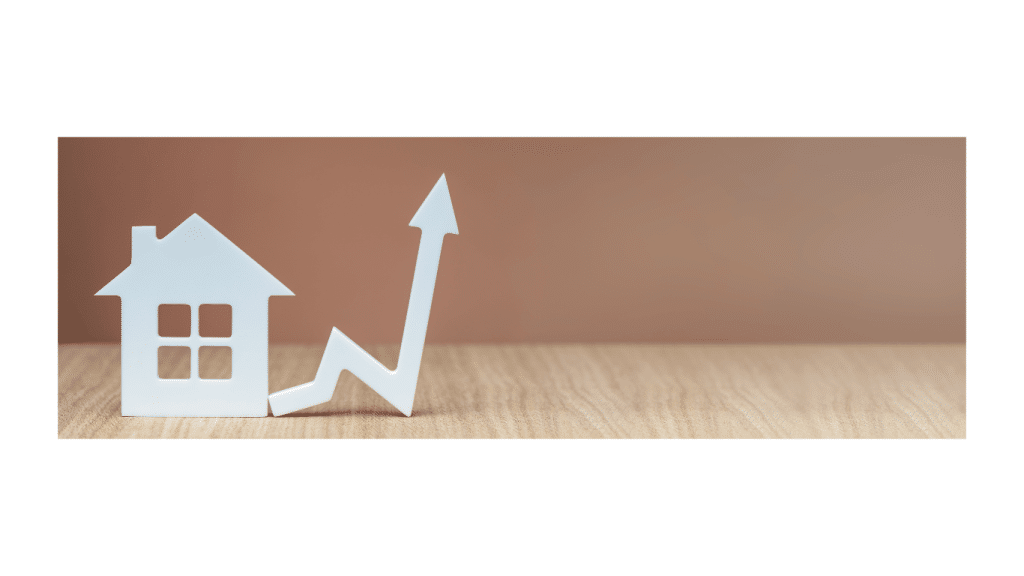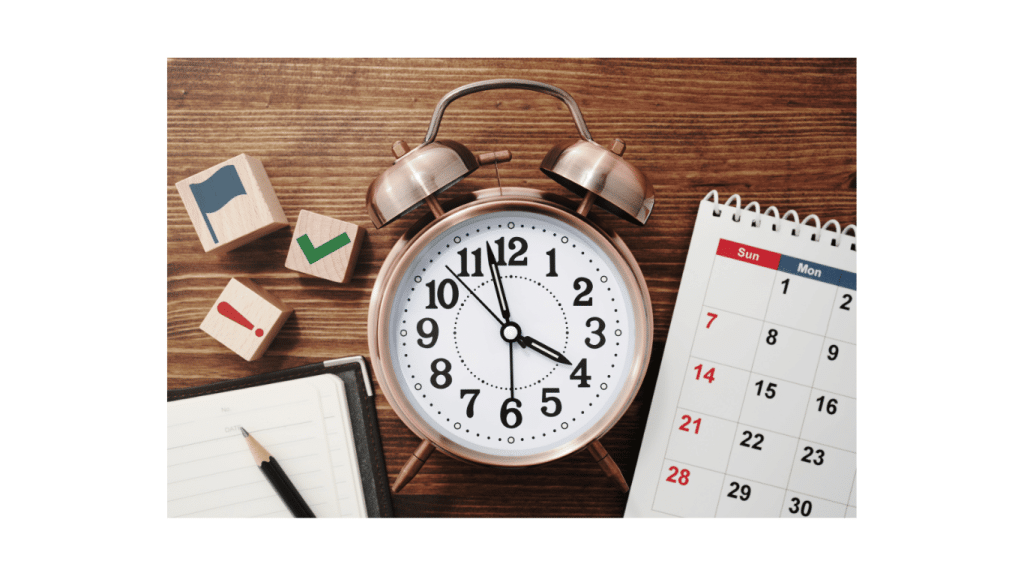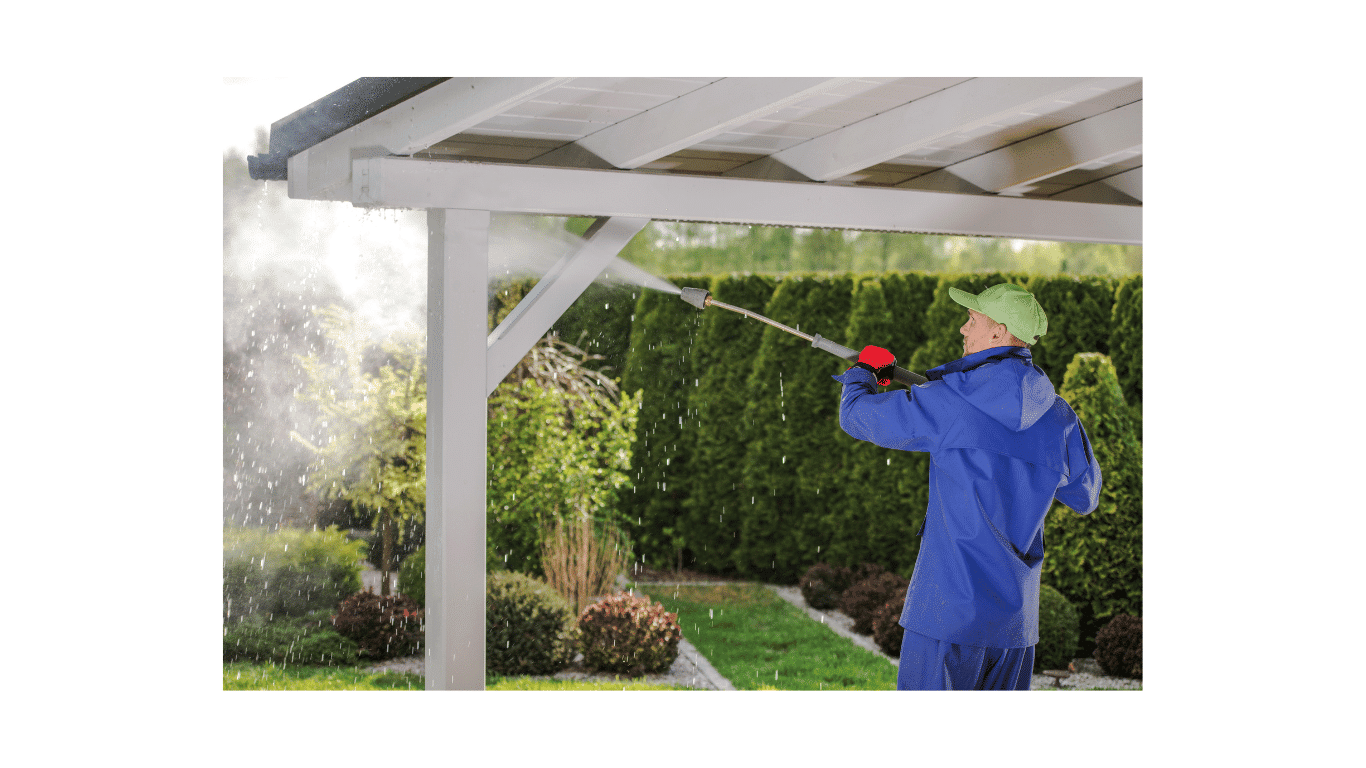How Long Should It Take to Pressure Wash a House?
Pressure washing a house offers a lot of benefits. Although the time factors for pressure washing may vary. Sometimes it needs an allowance for preparation and right estimation.
Let us discuss first why it is worth doing this to your beloved abode.
Some of the key importance of pressure washing a house include:
Enhance the House’s Exterior Appearance
A clean exterior significantly improves the visual appeal of your home. Pressure washing can remove unwanted stains dirt, grime, mold, and mildew, revitalizing the original look.
Maintaining your home through pressure washing can help preserve various surfaces such as siding, decks, patios, and driveways, reducing the need for premature replacement.
Regular pressure washing can help extend the lifespan of your home’s exterior surfaces. Removing contaminants like mold and mildew can prevent structural damage and deterioration.
Cleaning of hard-to-reach areas such as high walls, roofs, and gutters would be safer and easier as a breeze, especially for experts like Full Color Cleaners | Pressure Washing Austin TX.
Here is a tip. If you plan to paint or refinish your home’s exterior, pressure washing is an essential step. It ensures that the surface is clean and ready for the new finish to adhere properly.
Promote Health, Safety, and Environment-Friendly
Mold, mildew, and algae growth can pose health hazards, especially to those with allergies or respiratory issues. Pressure washing can eliminate these health risks and can remove allergens like pollen and mold spores from your home’s exterior, leading to better indoor air quality.
Algae, mold, and mildew can make surfaces slippery when wet. Pressure washing removes these hazards and reduces the risk of slip and fall accidents. It also removes debris and blockages from gutters and downspouts to make the rainwater flow freely and prevent ice dams which can also be hazardous.
Pressure washing uses high-pressure water, so it doesn’t require harsh chemicals. It’s an environmentally friendly method of cleaning that doesn’t harm plants, animals, or nearby water sources.
Economic-wise investment

Property Value
A well-maintained exterior can increase the value of your property. A clean and appealing home can attract potential buyers and lead to higher resale values.
Cost-Effective
Pressure washing is a cost-effective way to clean and maintain your home’s exterior. It’s often more affordable than extensive repairs or repainting.
Increased Energy Efficiency: Pressure washing can remove dirt and grime that may insulate your home’s exterior, potentially leading to improved energy efficiency.
Time Savings
Pressure washing can be a time-efficient way to clean large surfaces. It can save you money and hours as compared to manual scrubbing.
Factors Influencing Pressure Washing Time
Size of the House
The total square footage of the surface to be pressure washed plays a significant role in determining the time needed. Larger areas naturally require more time.
Some service providers use Google Earth or an online property site if it is for sale to get a near estimate of the time and cost of services.
Type of Surfaces
| Type of Surface | Difficulty Level | Remarks |
|---|---|---|
Vinyl |
Low | Smooth siding materials like vinyl are generally easy to clean with a pressure washer. They don’t trap dirt as easily, and stains and grime can be removed quickly. |
Wooden Siding |
Moderate to High | Wooden siding can be more challenging to pressure wash, as the wood’s porous nature can absorb dirt, mold, and stains. Care must be taken to avoid damaging the wood. |
Brick |
Low to Moderate | Brick surfaces can be relatively easy to clean, but the mortar between the bricks may require extra attention. Older and weathered bricks can also be more challenging to clean thoroughly. |
Stucco |
Moderate | Stucco surfaces have a textured finish that can trap dirt and make cleaning a bit more challenging. However, pressure washing can be effective if done correctly. |
Concrete and Driveway |
Low to Moderate | Concrete surfaces are typically easy to clean, but driveways may have oil stains that require additional effort. Regular concrete surfaces can be cleaned relatively quickly. |
Decks and Patios |
Moderate to High | Wooden decks and concrete patios can be more challenging due to their horizontal surfaces, which can accumulate dirt, mold, and mildew in crevices and pores. Care must be taken to avoid damage, especially to wooden decks. |
Roofs |
High | Roof cleaning can be the most challenging. The angle of the roof and the need to be cautious about damaging roofing materials make this a complex task that often requires professional expertise. |
Metal Surfaces |
Low | Examples are metal siding and gutters.
Metal surfaces are generally easy to clean with a pressure washer, and the smooth, non-porous finish allows for efficient dirt and stain removal. |
Paved Surfaces |
Low to Moderate | Paved surfaces like asphalt driveways may have oil stains and require a moderate level of effort to clean effectively. |
Fences |
Moderate | Wooden and metal fences can accumulate dirt, mold, and mildew, making cleaning a moderate challenge. |
Pools and Pool Decks |
Moderate | Pool surfaces can be prone to algae growth and can be challenging to clean. Regular maintenance is essential. |
Glass and Windows |
Low | Cleaning glass and windows with a pressure washer is typically easy and effective. However, you can consult or hire a local window cleaning professionals to avoid breaking the glass with excessive pressure. |
With the different challenges on surfaces, proper equipment, technique, and expertise are the keys to achieving the best results while avoiding damage and accidents.
Pressure Washer and Nozzle

A careful consideration should be done when selecting equipment. A higher-powered pressure washer can clean surfaces more quickly. It generates greater water pressure, which increases cleaning efficiency. With a powerful pressure washer, you can cover a larger area in a shorter time. This reduces the overall cleaning time required.
The nozzle’s angle and size affect the pressure and spray pattern. Narrower nozzles (e.g., 0-degree or 15-degree) provide a concentrated, high-pressure stream, while wider nozzles (e.g., 40-degree) offer a broader, lower-pressure spray pattern.
The choice of nozzle can impact cleaning time. Narrow nozzles are more effective at removing tough stains but require more time for detailed work. Wider nozzles cover larger areas faster but may be less effective on stubborn stains.
It’s essential to match the equipment to the specific cleaning task and adjust the nozzle as needed to balance speed and ensure thorough cleanliness.
Pre-soaking
Pre-soaking can be a time-saving step. It helps to loosen dirt, grime, and contaminants, making them easier to remove during the pressure-washing phase. However, it’s essential to find a balance between effective pre-soaking and not allowing the solution to dry on the surface, which can lead to more work.
Post-Washing Clean-up
This includes rinsing away any cleaning agents or detergent and returning the cleaned area to its normal state. It ensures that no residues are left behind and the area is safe for use. While this needs extra time, it is a crucial step for achieving a professional and satisfactory outcome.
Weather Condition
Low temperatures can slow down the cleaning process as the water may need more time to break down and remove dirt, mold, and grime. It can also affect the effectiveness of some cleaning agents. Extremely hot weather can cause water and cleaning agents to evaporate quickly, making it necessary to work in smaller sections to avoid streaking or residues. Both of these can extend the overall cleaning time.
When time is a Constraint

In situations where time is a constraint, prioritize the areas that are most visible or essential for the immediate needs, such as the entrance, walkways, or outdoor entertainment spaces. While a more thorough and comprehensive pressure washing may be ideal, even a quick wash can yield noticeable improvements, making your home cleaner, safer, and more presentable for your immediate requirements.
Conclusion
Understanding a multitude of factors like the size of the house, type of surfaces, equipment weather conditions, and other various considerations is crucial for estimating the time required accurately. It’s essential to remember that each house is unique, and a one-size-fits-all approach won’t yield the best results. The key is to harmonize efficiency and thoroughness, ensuring that your house is not just clean but a safe haven to reside in.







